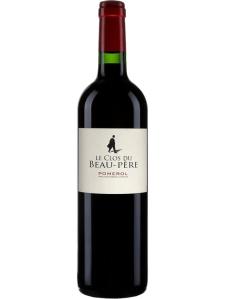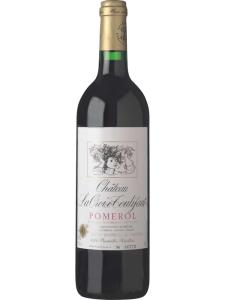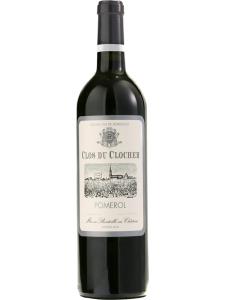-
中文名:波美侯
-
英文名:Pomerol
-
位置:
-
葡萄园面积:公顷
-
葡萄酒特点:
-
产区产量:
-
土壤:
Pomerol is a much-respected red wine appellation in the Bordeaux region of southwestern France. Both historically and physically, it stands apart from other Bordeaux appellations. It does not conform to the accepted image of a Bordeaux wine district as being a wealthy, long-established, château-laden area, with an all-important (if slightly outdated) classification system. Pomerol is none of these things, yet has managed to earn itself a place among the world's most revered wine region.
Pomerol has no formalized wine classification system (as do the Médoc, Graves, Sauternes and Saint-Émilion), and has risen to its current glory in a relatively short space of time. While the appellation was barely acknowledged in the middle of the last century, wines like Petrus and Le Pin now command higher prices than many cru classé properties in the long-established Médoc.
The Heart of Pomerol
(©CIVB/Philippe Roy)
Pomerol is located in the east of the Bordeaux region, near Saint-Émilion, in the area known as the Libournais – the town of Libourne sits just to the south of Pomerol. While most appellations are named after a village or town within their boundaries, Pomerol has no such epicenter. It is an unchanging 800-hectare (2000-acre) gravel bank, which rises and falls by only 20 meters (65ft).
The south and west of the appellation have sandier soils compared to the slightly heavier soils in the east, which include a certain proportion of clay. It is in this eastern section, on the marginally higher land where Pomerol meets Saint-Émilion, that the best wines are produced. Three of the most highly regarded Pomerol producers – châteaux Pétrus, Lafleur and Le Pin – are located here.
Merlot is the dominant grape in Pomerol and plays a large part in making the wines rich, smooth and approachable at an early age, while also being capable of extended aging. Cabernet Franc is also often present, adding structure and an element of savory spice. These characteristics mean Pomerol wines are much sought after on the international market.
The prevalence of Merlot has its risks for Pomerol, as it does for neighboring Saint-Émilion. Merlot is an early-flowering variety and is susceptible to spring frosts. In the season of 1991, for example, spring frost damaged a large proportion of Pomerol's vines. In fact this only served to increase the market value, where demand already far outweighed supply.
Pomerol's place in the international wine world is secure for some time to come, given the continuing increase in demand for prestigious wines and the limited production of this small, quality-focused appellation.





